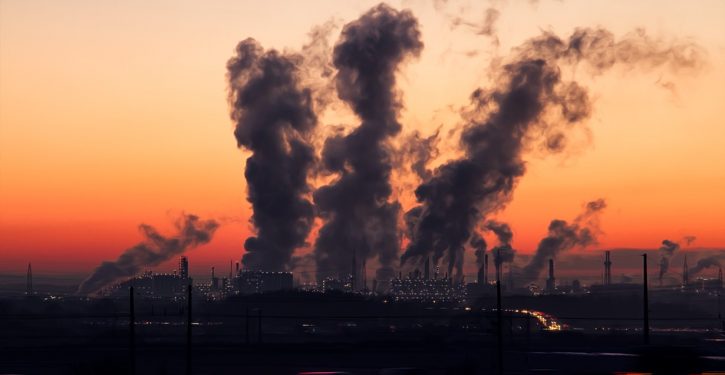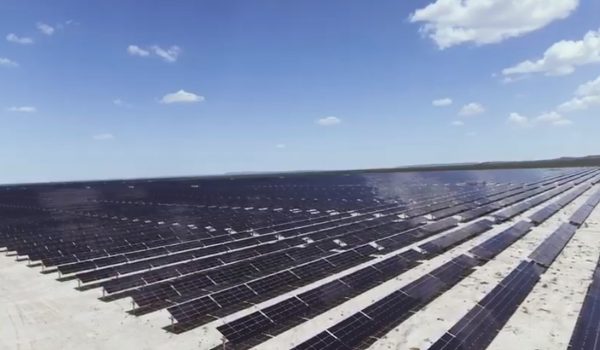
U.S. greenhouse gas emissions fell “nearly 17 percent from 2005 levels” by 2022, according to the EPA. During that same period, the economy grew by more than a third after adjusting for inflation.
The Hill reports:
emissions fell 16.7 percent…This decrease was partly due to a decline in emissions from industry over the last decade, according to the EPA. The agency attributed this drop to several factors, including macroeconomic trends like the shift from a manufacturing-based economy to a service-based economy. Improvements in energy efficiency also played a role, as did transitions to lower-carbon fuels.
Transportation accounted for the biggest share of emissions in 2022, at 28.4 percent, followed by electricity generation at 24.9 percent and industry at 22.9 percent, according to the EPA. The remainder came from a combination of farming and the commercial and residential sectors.
The vast majority of greenhouse gas emissions in 2022 were carbon emissions, which comprised 79.7 percent of total emissions, followed by methane emissions at 11.1 percent. Methane persists in the atmosphere for less time than carbon dioxide but is more than 80 times more potent at trapping heat in the atmosphere. The remaining greenhouse gas emissions came from nitrous oxide at 6.1 percent and a combination of hydrofluorocarbons, perfluorocarbons, sulfur hexafluoride and nitrogen trifluoride, which collectively comprised 3.1 percent of total emissions.
Air quality has improved greatly since 1990, even as the economy has more than doubled in size.
Nationally, concentrations of air pollutants have dropped significantly since 1990, notes Our Nation’s Air, including these drops in air pollutants of 42-90%:
- Carbon Monoxide (CO) 8-Hour, 81%
- Lead (Pb) 3-Month Average, 88% (from 2010)
- Nitrogen Dioxide (NO2) Annual, 60%
- Nitrogen Dioxide (NO2) 1-Hour, 54%
- Ozone (O3) 8-Hour, 22%
- Particulate Matter 10 microns (PM10) 24-Hour, 34%
- Particulate Matter 2.5 microns (PM2.5) Annual, 42% (from 2000)
- Particulate Matter 2.5 microns (PM2.5) 24-Hour, 42% (from 2000)
- Sulfur Dioxide (SO2) 1-Hour, 90%
- Numerous air toxics have declined with percentages varying by pollutant
Fauna and flora also are recovering. Florida’s manatee population has rebounded. Sea turtles are multiplying in Florida, with sea turtle nests tripling.
Fish species are rebounding off the coast of California due to their young finding a sanctuary in abandoned oil rigs.
Most of the world’s forests are growing. Coral reefs in Hawaii and the rest of the world are more extensive than previously thought.



